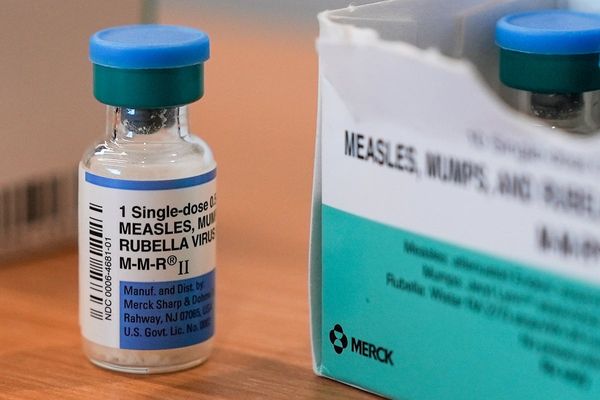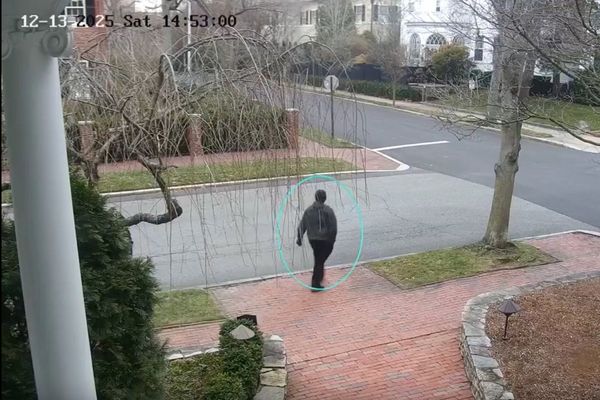Grocery delivery services offer incredible convenience in our busy lives. Your pantry staples and fresh produce arrive at your doorstep with a few clicks. This saves time and reduces the stress of in-store shopping. For many, it’s a valuable tool. However, for some, this convenience can morph into a dependency, almost like an addiction. When does reliance become problematic? Recognizing the signs of over-reliance or compulsive use is important. This awareness helps maintain a healthy balance. Let’s explore 13 warning signs that might suggest your grocery delivery habit is becoming an issue.

1. You Order Almost Daily, Even for Few Items
Frequent small orders can be a sign. Do you find yourself placing orders almost every day? Perhaps you order just for one or two items you forgot. This might indicate a reliance on the instant gratification of delivery. It often means paying more in fees or for impulse buys. This pattern suggests a loss of regular meal planning or pantry management. It moves beyond convenience into a costly habit.
2. Delivery Fees and Tips Strain Your Budget
Consistently paying delivery fees, service charges, and tips adds up significantly. If these costs are noticeably straining your monthly budget, it’s a warning sign. You might be prioritizing the convenience of delivery over financial prudence. Are you sacrificing other financial goals to fund your delivery habit? Tracking these expenses can be eye-opening. The perceived time saving might not justify the actual monetary cost.
3. You Avoid Entering a Grocery Store at All Costs
A strong aversion to physically going to a grocery store can be telling. Perhaps you feel anxious or overwhelmed by the thought of in-person shopping. While many prefer delivery, completely avoiding stores might signal a deeper issue. It could be social anxiety or an overblown perception of inconvenience. This avoidance limits your ability to compare prices directly. You also miss out on in-store-only deals or seeing new products.
4. You Experience Anxiety If the Service Is Unavailable
What happens if your preferred delivery app crashes? Or if delivery slots are unavailable for a day or two? If this causes significant anxiety or panic, it indicates over-reliance. Feeling genuinely distressed because you can’t get immediate delivery suggests a dependency. A healthy balance means delivery is a helpful tool, not an absolute necessity. You should feel capable of getting groceries through other means if needed.
5. Impulse Buys on the App Are Frequent and Costly
Grocery delivery apps are designed to encourage spending. They feature tempting “recommended items” and easy one-click additions. If you frequently add unplanned, expensive, or unnecessary items to your virtual cart, it’s a concern. These impulse buys can inflate your grocery bill significantly. This behavior mirrors the impulse buys that stores encourage in physical aisles. Lack of self-control on the app is a warning sign.
6. You No Longer Check Prices or Compare Deals
The convenience of delivery might lead to complacency about prices. You might stop comparing prices between different items on the app. Or you might not be sure if a better deal exists at another store. This passive acceptance of listed prices can lead to overspending. Part of an “addiction” can be the reduced cognitive effort. You rely on the app rather than active bargain hunting.
7. The Thought of Meal Planning Seems Overwhelming
If you rely on last-minute delivery orders to decide what’s for dinner, meal planning skills may atrophy. The thought of planning meals for a week and creating a shopping list might feel overwhelming. This dependency on immediate ordering prevents cost-effective bulk buying. It also hinders thoughtful nutritional planning. Healthy eating habits often start with good meal planning, which delivery addiction can undermine.
8. You’ve Stopped Enjoying Cooking or Food Selection
For some, selecting fresh produce or new ingredients is an enjoyable part of cooking. If grocery delivery has made you passive about food choices, your enjoyment might diminish. You might just reorder the same items repeatedly. The discovery aspect of food shopping is lost. This can lead to culinary boredom. It might also mean missing out on seasonal items or fresher options you’d spot in person.
9. You Use Delivery Even When You Have Time to Shop
Convenience services are most valuable when you’re genuinely short on time or unable to shop. However, if you opt for delivery even when you have ample free time, it might signal a habit that’s hard to break. Is it a true necessity, or has it become your default behavior regardless of circumstances? This indicates that the convenience has become a crutch rather than a strategic tool.
10. You Hide the Extent of Your Delivery Habit from Others
Feeling ashamed or secretive about how often you order groceries or how much you spend is a significant red flag. This often accompanies behaviors people feel are excessive or uncontrolled. If you find yourself downplaying your delivery to your partner or family, it’s worth examining why. Secrecy suggests an awareness that the habit might be problematic.
11. You Receive Incorrect or Poor-Quality Items Frequently but Still Reorder
A common complaint with grocery delivery is receiving the wrong items, damaged goods, or poor-quality produce. If this happens to you frequently, yet you continue using the service without seeking alternatives, it might indicate dependency. You tolerate poor outcomes for the sake of the delivery itself. This suggests the act of ordering provides more satisfaction than the actual goods received.
12. You’ve Gained Weight or Your Diet Has Suffered
Constant access to easy ordering, especially for snacks or pre-made meals via delivery apps, can sometimes impact dietary habits. You might be ordering more processed foods or treats than if you shopped in person. If you’ve noticed negative changes in your weight or overall diet quality that correlate with increased delivery use, it’s a warning. The convenience might enable fewer healthy choices.
13. Attempts to Cut Back on Deliveries Have Failed
Perhaps you’ve recognized the cost or over-reliance and tried to reduce your delivery orders. If these attempts have consistently failed, and you quickly revert to frequent ordering, it signals a strong, habituated behavior. Like other dependencies, breaking the cycle can be challenging. Failed attempts to moderate suggest the habit has a deeper hold than simple preference.
Reclaiming Balance with Your Groceries

Grocery delivery is a helpful modern convenience for many. However, like any convenience, it can be overused to the point of dependency. Recognizing warning signs like budget strain, anxiety about unavailability, frequent impulse buys, or an aversion to in-store shopping is key. If these signs resonate, consider steps to regain balance. Try dedicated meal planning, set a delivery budget, or schedule in-person shopping trips. The goal is to ensure grocery delivery serves you as a tool, not a compulsion.
Do you recognize any of these signs in your own grocery delivery habits? What strategies do you use to keep online grocery shopping convenient but not compulsive? Share your thoughts below.
Read More
Coupons and Your Brain: 10 Reasons Deals Can Feel Addictive
The post Are You Addicted to Groceries Delivered To Your Home? 13 Warning Signs appeared first on Grocery Coupon Guide.







